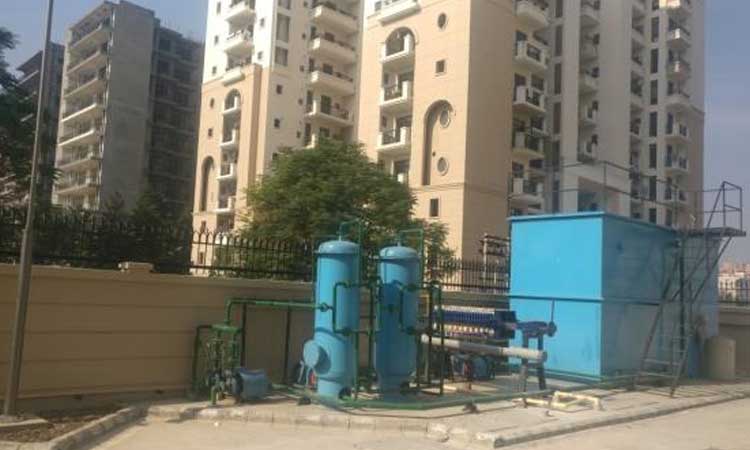
Social Responsibility of Housing Societies for set up Sewage Treatment Plant
Due to unrestricted entry of wastewater into the environment and the spread of infectious contaminants to humans and organisms, environmental protection requires proper purification systems with high efficiency of removal. The three R of the sustainable environment are Reuse, Recycle and Renew. Economically, effective wastewater treatment has important effects on saving water and preventing unnecessary water losses. Several residential communities have recently become more aware of sustainable practices of living. Yet, there is quite a lot of catching up to practice sustainable living as a norm. In this article, we will discuss the steps taken by the societies towards protecting water- a natural resource and discharging it back to the environment safely.
According to Central Pollution Control Board, ‘Considering the urgency of preventing pollution of our water bodies and preserving our precious water resources, sewage treatment and utilization of treated sewage need to be accorded higher priority. Keeping in mind the rules of CPCB, most modern-day apartment complexes have their Sewage Treatment Plants (STP). The builder is responsible for maintaining and upkeep any sewage treatment plants until the building of societies is finished and transferred to the underlying Residents welfare society. In Gurgaon, Haryana, more than 300 societies have installed STP.s for treating wastewater at its origin. Rules have been made for disposing of sewage; if not followed, a penalty is charged.
Each human on this planet wants access to safe and clean drinking because it is fit for human consumption and does not cause health hazards. But with the advent of these industries and factories, the water released from it is left untreated into the environment. This untreated water causes the problem to not only human life but also aquatic plant and animals. Efforts should be made to treat this water and re-use it to avoid wastage. Human waste naturally contains bacteria that can cause disease. Once water becomes infected with these bacteria, it becomes a danger. The increased algae, reduced oxygen, and murkiness destroy the ability of a stream or lake to support wildlife, and all of the fish, frogs and other life forms quickly die.
Permit limits are designed to prevent wastewater discharges from polluting nearby water bodies and harming drinking water resources and habitats. We are confident the Tribal Authority will promptly make the needed corrections to bring these plants into Clean Water Act compliance.- Alexis Strauss
That's why communities build wastewater treatment plants and enforce laws against releasing raw sewage into the atmosphere. Sewage treatment plant plays a vital role in the process of removing the contaminants from sewage to produce liquid and solid (sludge) suitable for discharge to the environment or for reuse. They help restore groundwater balance, curb diseases and stop degradation and pollution of the environment. The benefit of using STP is that it gives us recycled water that we can use for various purposes like drinking, gardening, flushing. There are four stages in Sewage Treatment Plant, Preliminary Treatment, Primary Treatment, Secondary Treatment, Tertiary Treatment. The sludge is also being released, which can, after further treatment, be used as a fertilizer in agriculture. The benefits of installing STPs in large township projects are Self-sustainability, Waste reduction, Fertilizer Production.
Hence, when it comes to seeking sewage treatment plants for residential complexes, one should always opt for an automated system in order to strike possible association with the prime cleaning standards. At our place, we manufacture high-performance and integrated sewage treatment plants for residential complexes where sewage or wastewater is put to be treated for efficient handling of toxic elements. We are a renowned firm developing widely demanded STP with MBBR. With advancements in our manufacturing technology, we are able to develop highly efficient water filtration techniques to provide high-quality de-mineralized water. After reading the whole article, if you are planning to install the STP, be it small or large, then please connect with us through webchat.
Through the treatment of wastewater, the amount of waste that is released into the environment is considerably reduced, thereby improving the environment’s health. This, in turn, reduces the health risk associated with environmental pollution and the nearby water bodies remain uncontaminated. Considering the widening gap between sewage generation and treatment capacity, state governments are required to prepare a very thoughtful action plan to fill this gap in a minimum time frame. The sludge collected during the treatment process contains a large amount of biodegradable material. This sludge, when treated under the ‘sludge drying lagoon method, which is one of the solids dewatering methods, results in the form of natural biodegradable fertilizer. This natural fertilizer can then be used to increase the crop yields at gardens and can also be used for home gardening days. So, having an STP plant installed in societies can truly help in conserving water and producing energy, and in the process, be self-sustainable.
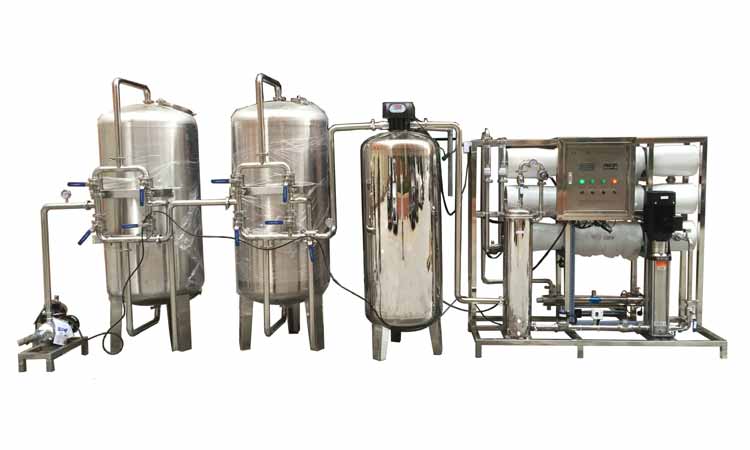
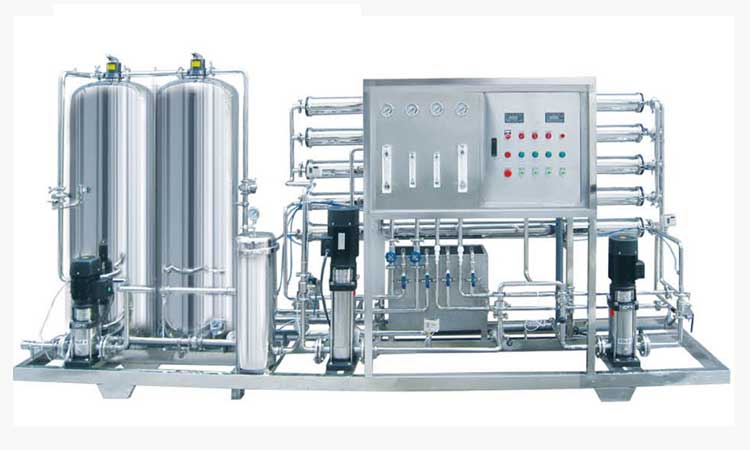
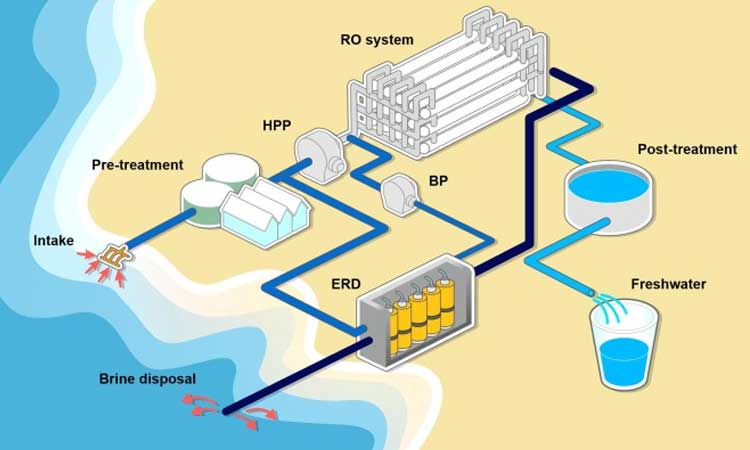
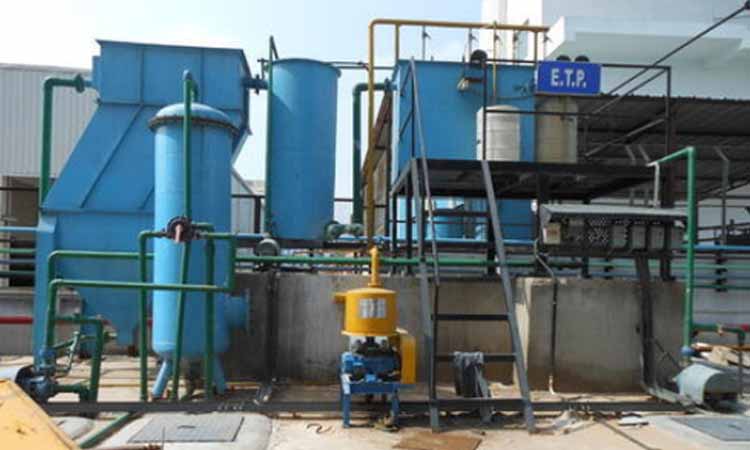
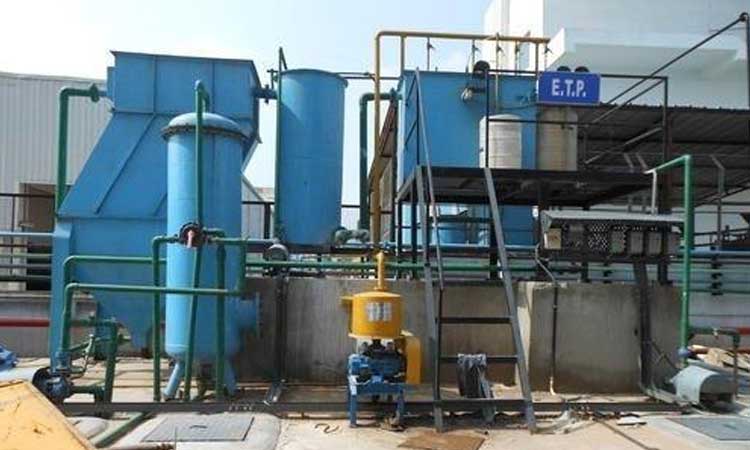
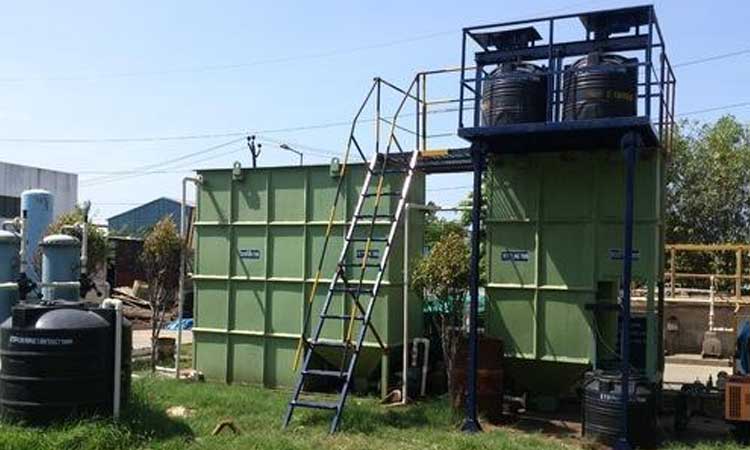
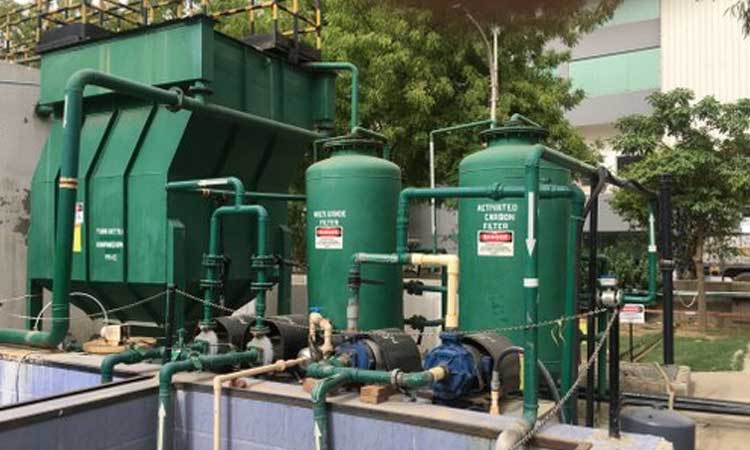


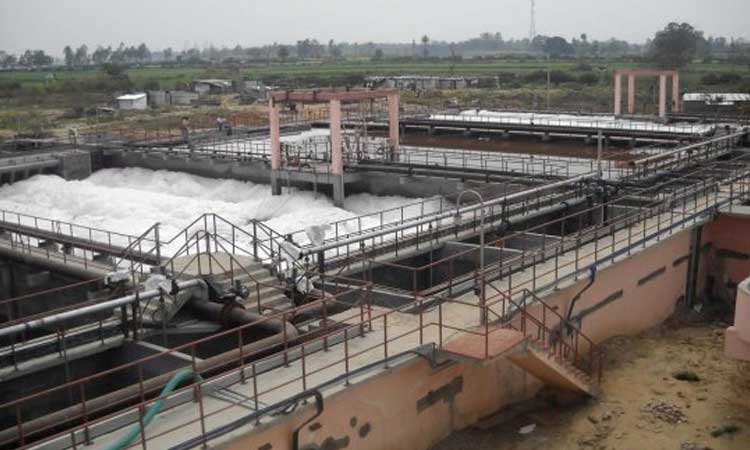
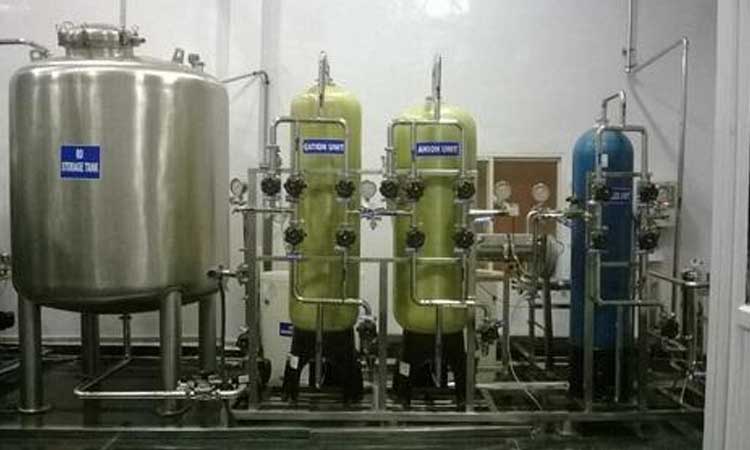

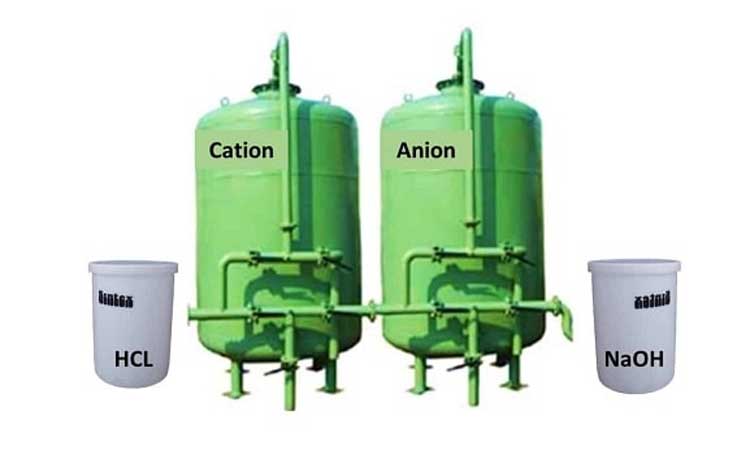

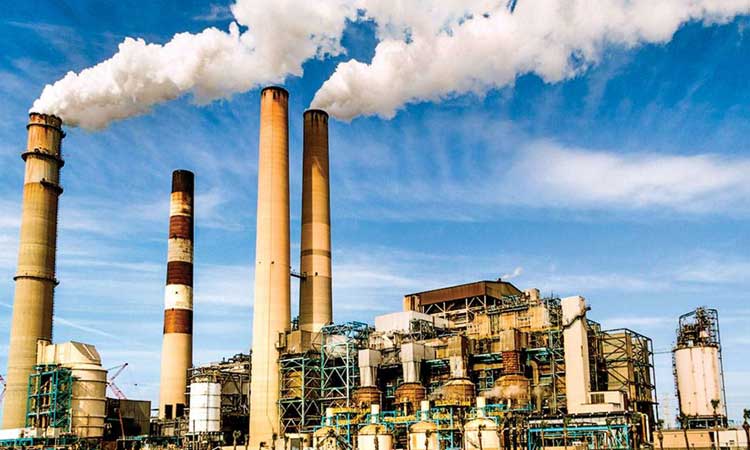
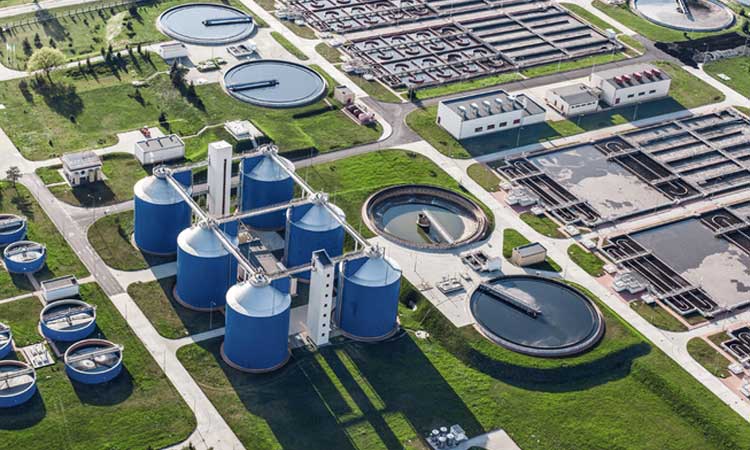

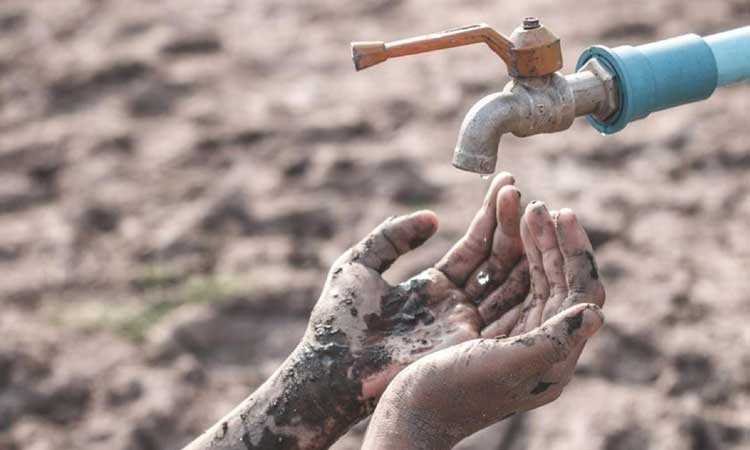
Comments
The use of wastewater for a variety of purposes is gaining increased popularity as a means of preserving scarce freshwater resources. Wastewater and greywater use is increasingly considered to combine water and nutrient recycling, increased household food security, and improved nutrition for poor households.
The assumption that sewage treatment plants are harmful is understandable and commonplace but entirely upside down. Wastewater treatment plants or water resource recovery facilities clean the environment, not pollute it. Pollution comes from people and industry - without wastewater treatment, the raw sewage would go into a water body, whether a river near a forest or in the ocean, and harm the environment.
Great quality purifiers focus on purifying specific contaminants. Some use carbon to filter out chlorine; some use activated carbon to kill bacteria; some use ultrafiltration to remove viruses like e. coli. Some use the reverse osmosis process to remove all including sediment, minerals, and hundreds of contaminants found in any body of water, including drinking.